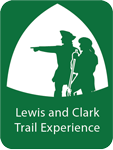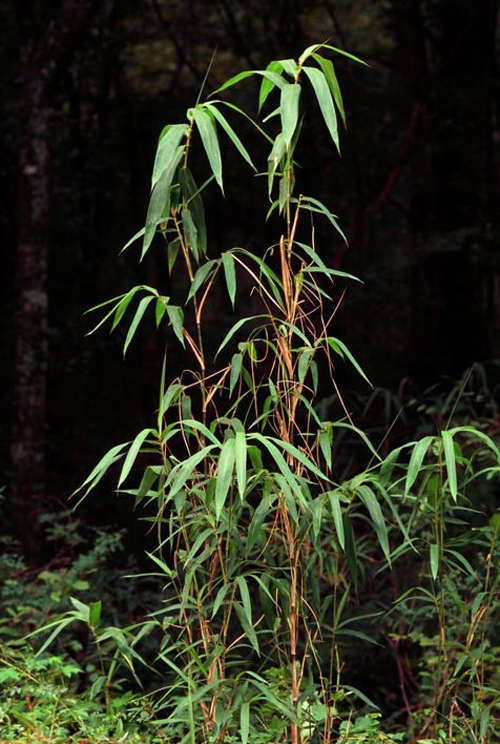One day above Louisville, Lewis encounters several islands named for their distance from the Falls of the Ohio. Here, giant cane begins to appear, and constant headwinds often blow.
Constant Headwinds
[S]et down to row ten miles to forward us to Louisville; but the breaze is fresh and still head as usual, tho we expected a change yesterday and day before.
We all got at the oars after breakfast and turned a point ahead and came in view of another island; but it blew so hard ahead we could not git along.
—Thomas Rodney (14 October 1803)[1]Dwight L. Smith and Ray Swick, ed., A Journey Through the West: Thomas Rodney’s 1803 Journal from Delaware to the Mississippi Territory (Athens: Ohio University Press, 1997), 118–119.
Giant Cane
We went on shore about midway of the last island to see the cane, or reed, growing, for here we met with the first of it; but it is small, growing only ten or 12 ft. high.
—Thomas Rodney (15 October 1803)[2]Ibid., 120.
Six Mile Island
I met a man and a boy on the island tho it is now uninhabited. The man told me it . . . is called 6 Mile Island being 6 miles from Louisville. We saw Louisville at six miles distance on the Kentucky shore.
—Thomas Rodney (15 October 1803)[3]Ibid.
Experience the Lewis and Clark Trail
The Lewis and Clark Trail Experience—our sister site at lewisandclark.travel—connects the world to people and places on the Lewis and Clark Trail.
Plan a trip related to October 13, 1803:


